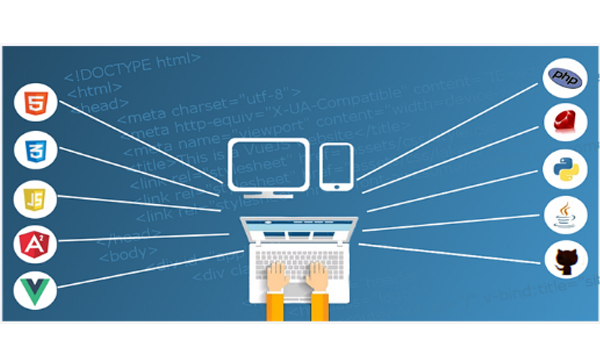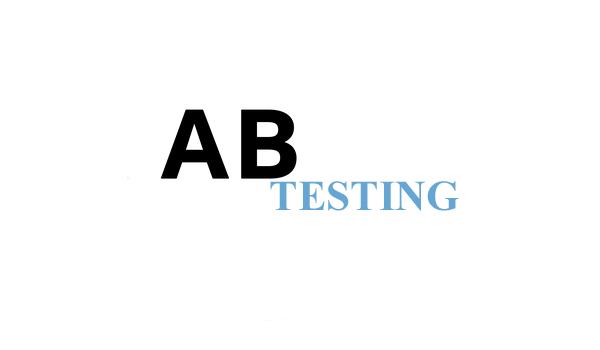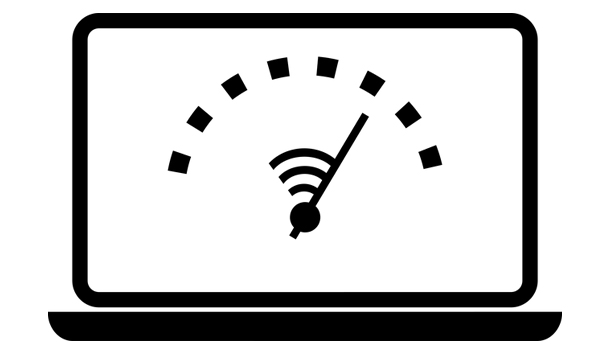Debugging
Debugging is the process of fixing errors in a software environment.
Updated: December 5, 2023

Debugging is the process of fixing errors in a software environment in which locating a problem, tracking its source, and finding a workaround or fixing the issue is involved.
The procedure of debugging in software development starts when a developer finds a code error and reproduces it. Unit tests, code review, and pair programming strategies are used to make debugging easier in programs with huge lines of code. Debugging tools are used by many developers to automate the error-fixing process of applications and further simplify things.
The performance and quality of programs gets affected by errors and bugs. Therefore, developers must employ some debugging techniques to eliminate bugs and coding errors. Code inspection, using debugging tools, unit testing, integration testing, system testing, monitoring and logging are some of them.
Code that can lead to software malfunctioning can be eliminated by debugging. Better system quality, less frequent system downtime, improved user satisfaction, lower production costs, better security, increased understanding of the system, and simple to test are few other advantages of the process.
Minimum human error or fewer occurrences of these mistakes are ensured by debugging. Defining the problem, keeping an eye out for error messages, utilizing a debugger, documenting everything, narrowing down the issue and trying to reproduce the issue are some steps involved in debugging.
Advantages of debugging
- Identification of Software Bugs
- Improved Code Quality
- Enhanced Program Understanding
- Efficient Issue Resolution
- Optimized Performance
- Effective Testing Support
- Real-Time Monitoring
- Reduction of Development Time
- Error Prevention
- Enhanced Collaboration
- Improved Code Documentation
- Optimized Resource Utilization


